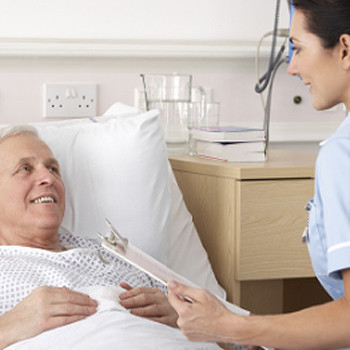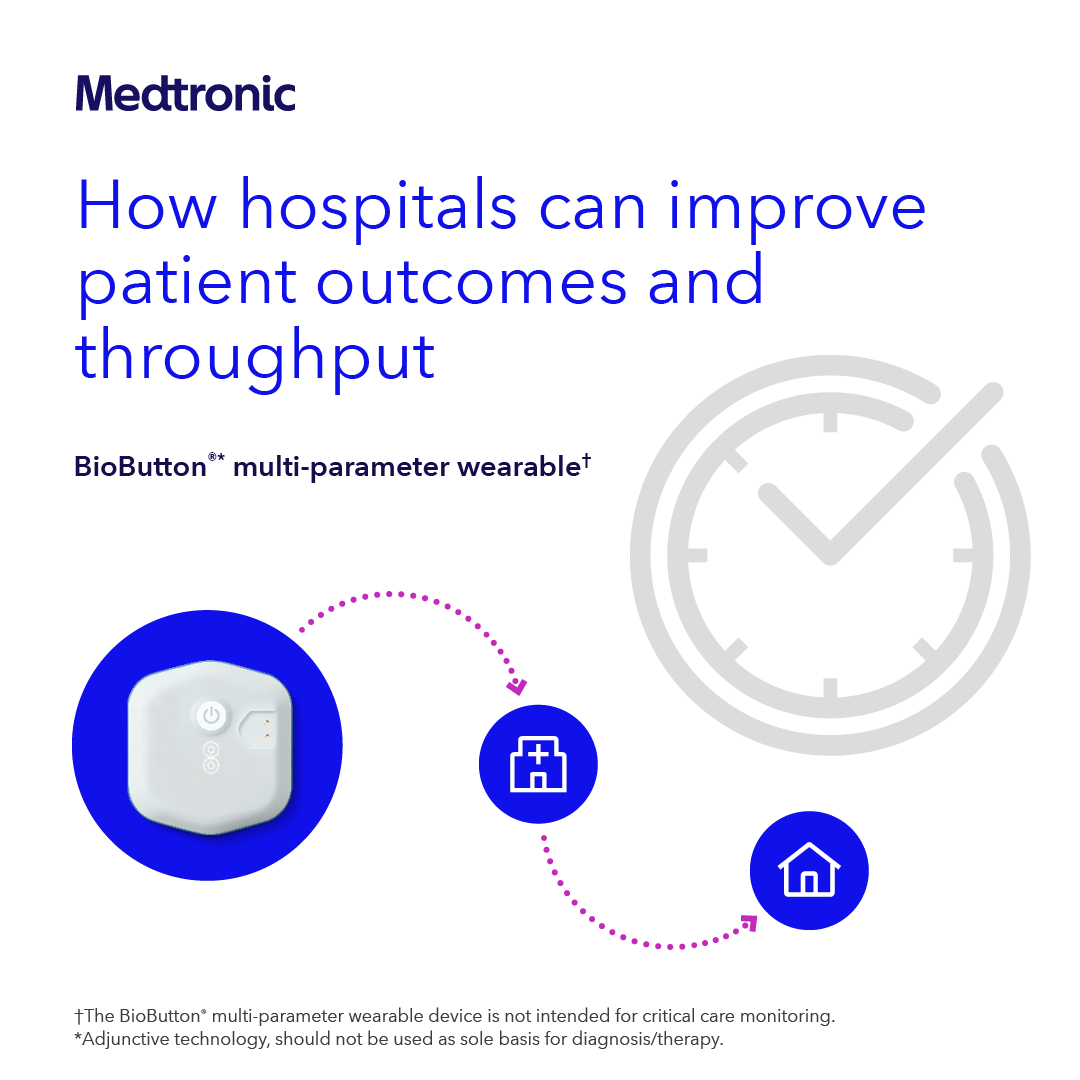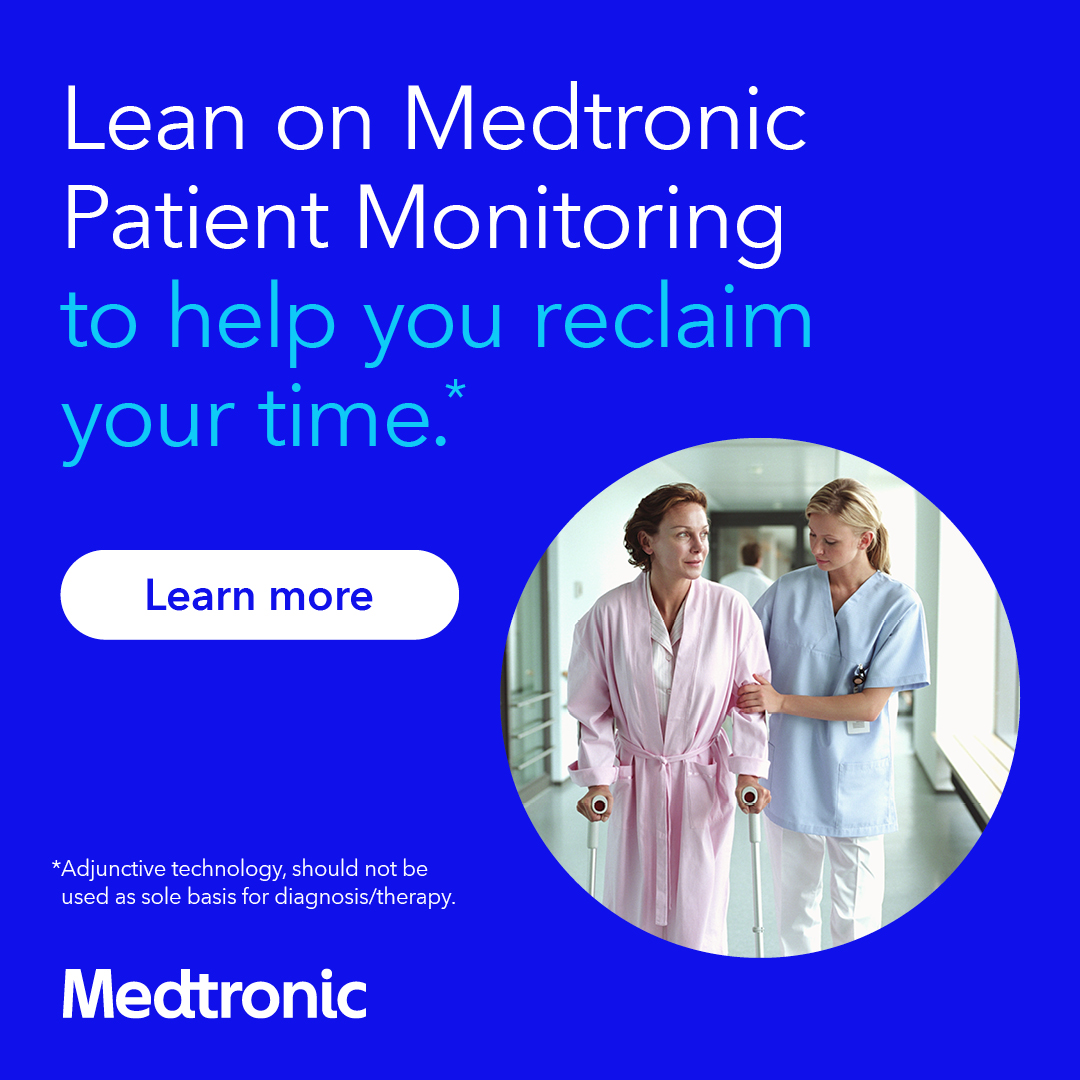Medical-Surgical Nursing: Can Wireless Technology Help Prevent Pressure Injuries?

Medical-surgical nurses provide patient care in an environment of ever changing priorities. A patient may ask for a warm blanket, but as the nurse leaves the room, another patient's telemetry monitor is indicating rapid atrial fibrillation.
The warm blanket for the first patient has just moved to the bottom of the list. The nurse hopes to get the blanket for the first patient, but must juggle a change in patient condition, while also dynamically communicating with providers, family members, pharmacy and colleagues. Nurses seek to provide high quality care within the timeframe and resources available.
Nursing is a team sport. While the nurse is responsible for their patient assignment, they have access to colleagues, unlicensed personnel, the nursing supervisor and other ancillaries who deliver care to the patient as a team.
One area that must be prioritized, and not find itself at the bottom of the list, is turning and repositioning patients who lack mobility and wherewith. A patient may feel uncomfortably cool without a warm blanket. But, the stakes are much higher when patients are not turned and repositioned as pressure injuries (PIs) can cause patient suffering by becoming infected, possibly requiring skin grafts or wound vacuum machines, and potentially even leading to death.
In 2019, the National Pressure Injury Advisory Panel (NPIAP), the European Pressure Ulcer Advisory Panel (EPUAP) and the Pan Pacific Pressure Injury Alliance (PPPIA) updated the International Clinical Practice Guidelines for the prevention and treatment of PIs. Four key updates are worth noting (#1 Prevention and Treatment of Pressure Ulcers/Injuries, 2019).
- Tailor repositioning for each at risk patient based on their mobility and condition, including not only on medical-surgical units, but also in the operating room.
- Ensure that the repositioning intervention actually relieves pressure on the tissues.
- Minimize friction and shear during repositioning by keeping the bed as flat as possible, while being mindful of patient orders (i.e. a neurological patient may have an order to keep above 30 degrees at all times).
- Operationalize a method to remind caregivers to adhere to a repositioning schedule. Technology can help here!
The impact of "missed care" when patients are not turned and repositioned has long-term consequences and is estimated to be about $26.8 billion dollars per year in the United States, which is not reimbursed to participating Centers for Medicare & Medicaid (CMS) hospitals (#2 Healthcare Finance, 2019).
More importantly, humans suffer with skin breakdown and its sequelae. Pressure injuries, as a nurse-sensitive indicator, are avoidable in about 55% to 70% of occurrences (# 3 Diaz-Caro& Gomez-Heras, 2019).
It's important that all unit staff adopt an attitude that recognizes and internalizes that safe patient care is the responsibility of all staff members, not just the nurse assigned to the patient.
Team culture is essential if patients if these preventive care interventions are to be delivered consistently and of high quality as long as their condition requires it. A review of medical technology vendors finds that there are innovations in wireless patient monitoring systems that have compelling field testing data.
Nurses can use the search string, wireless patient monitoring systems to reduce pressure injuries. Results of this search will show various wound care vendors who have innovated wearable sensors applied to the patient; the nurse then tailors the turning and repositioning schedule according to the patient's needs.
The nurse selects where the wireless reminders should be sent, which can be to multiple staff and to workstations or hospital phones. Some wireless patient sensors can monitor the patient turn angle to validate offloading efforts.
A large scale study of wireless sensor devices for monitoring turning and repositioning found that optimal turning was greater with a wearable sensor, in addition to a statistically significant decrease in HAPIs (# 4 Pickham, D. et al., 2018).
Nurses are empowered to provide input to institutional practice committees and other forums. Nurses can produce and present cost-benefit analyses, as well as qualitative description of reduced human suffering, which can inspire senior leadership to consider using technology to address the ongoing issues of HAPIs.
Wireless technology can be a friend to tackle this important patient-care issue! Nurses, be aware!!
REFERENCES
#1 Prevention and Treatment of Pressure Ulcers/Injuries: Quick Reference Guide (2019). http://www.internationalguideline.com/static/pdfs/Quick_Reference_Guide-10Mar2019.pdf
#2 Healthcare Finance (2019). https://www.healthcarefinancenews.com/news/pressure-ulcers-cost-health-system-268-billion-year
#3 Diaz-Caro, I. & Gomez-Heras, S.G. (2019). Incidence of hospital-acquired pressure ulcers in patients with "minimal risk" according to the "Norton-MI" scale. PlosOne.
#4 Pickham, D., Berte, N., Pihulic, M., Valdez, A., Mayer, B., Desai, M. (2018). Effect of a wearable patient sensor on care delivery for preventing pressure injuries in acutely ill adults: a pragmatic randomized clinical trial (LS-HAPI study). International Journal of Nursing Studies (80) 12-19.



